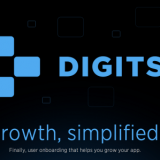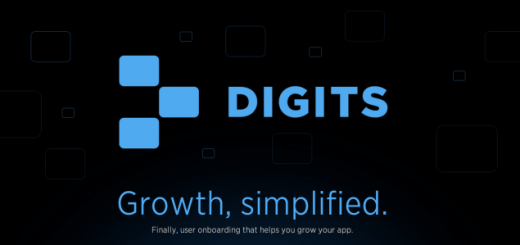After years of offering a miniature Windows Desktop user experience on mobile (Tablet PC, Windows Phone) which never took off in the way the iPhone and iPad did, Microsoft realized that it needed a bold new approach to the mobile experience. Features like Continuity, integration of phone and messaging to the desktop, the more commonality between the on-board apps like mail, calendar, and reminders with iOS, and a more manageable iCloud storage functionality across both, combine to create a more seamless user experience across Apple devices and draw the user further into the Apple ecosystem. The iPod indeed reignited interest in the Mac, and of course it helped that Apple started to innovate more on OS X from a user experience point of view, while Windows (Windows Vista and Windows 7) went through architectural revisions to modernize the OS and improve security more than the user experience. That said, Apple also freely borrows good features from Windows and Yosemite is no exception (easy full screen windows, anyone?) Perhaps the biggest issue with Windows 8 was that business customers were confused by the dual interface, and they don’t like drastic change. Microsoft’s approach differs markedly from Apple in that it wants to deliver one Windows OS that works across mobile and desktop, which enables hybrid approaches like the Surface tablet.
Windows 8 was a radical move by Microsoft to bring the Metro UI first seen on Windows Phone 7 to the desktop and tablet environment. Unfortunately, the mashup of the familiar Desktop interface with Metro on desktops and laptops that did not employ touchscreens did not make existing users happy, and did not deliver a seamless user experience. The new Metro UI alienated and confused traditional desktop users, and many businesses chose to upgrade to Windows 7 instead or not at all. The new Start menu with integrated search and live tiles, blending the modern UI into the windowed environment, and the Continuum functionality (seamless switching for going from keyboard to touch) aims to fix big usability issues with Windows 8. In an effort to right the wrongs of Windows 8 on the desktop, Microsoft has put the Windows 10 Technical Preview out there for anyone to download and use, unusual in that such an early release is typically available only to developers. Windows 10 will still keep elements of the new UI like live tiles and unified search, but will integrate them with a return of the beloved Start menu so familiar to the legions of Windows users. For now, the focus for Windows 10 appears to be to make the new OS more palatable to desktop and business users. Windows 8.1 started down the road of fixing that, but Windows 10 aims to make sense of modern UI in the desktop environment. But the first implementation with Windows 8 was too jarring for desktop users. These are all useful features, and aim to further refine and improve the user experience in the Apple environment. New features like integrated notification center, a more feature-rich iMessage, and Continuity features like Handoff deliver a more seamless experience for iPhone and iPad users with iOS 8.
Apple continues to focus on the user experience with OS X Yosemite. Microsoft is working hard to blend the best of the touch and keyboard interfaces into Windows 10. You can still run Metro apps full screen if you like, but it will be much easier to run them in windows alongside traditional Windows apps. There are clearly some advantages and flexibility to Microsoft’s approach, but Apple has a multi-year lead with iOS in mobile and a much more mature ecosystem of third-party apps and hardware support. The difference with Apple is that typically these types of features are better integrated, more accessible to the user, and more reliable. In a similar vein, this past summer Apple put OS X Yosemite (now shipping) out as a public beta for the first time in years, perhaps with similar goals.
Similar things happened with Windows Vista when it succeeded Windows XP, and many businesses continued with XP. Interestingly, though, Apple is being more iterative in its innovation and Microsoft is pushing the envelope more, perhaps because they are coming from behind in mobile. Along the way, it borrowed some Apple features like Spotlight-like search, more visual multitasking mode, and virtual desktops. In both cases, these operating systems show that the humble PC is still important to both Microsoft and Apple, and by association the entire consumer and enterprise PC industry.







